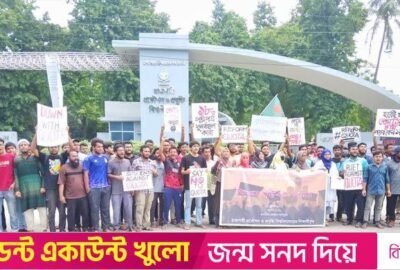US-China relations in shaping a new and inclusive world order
Recent statements by the US and Chinese defense chiefs in Singapore highlight the evolving dynamics of global and regional politics. These discussions signal not only the latest positions of the two countries but also their vision for the future “world order.” As the United States proposes a new order based on renewed alliances and coalitions, it is crucial to examine this vision in the context of historical US foreign policy and the profound changes in international relations.
The US has a long history of attempting to shape global order, starting with President Woodrow Wilson’s idealistic proposal for the League of Nations after World War I. This effort aimed to maintain international stability through collective security and diplomatic dialogue. The second significant attempt came post-World War II with President Franklin D. Roosevelt’s vision of the United Nations, which sought to ensure global stability through great power cooperation.
The third major effort emerged after the Cold War, as the US sought to design a new world order to address the dramatic geopolitical shifts, including the fall of the Berlin Wall and the Gulf Crisis. This era saw the US promoting a system based on liberal democracy, free markets, and American leadership, which shaped much of the post-Cold War international landscape.
The Biden administration’s current foreign policy seems to represent the fourth major attempt to shape the world order. In response to rapid global changes and structural shifts within the international system, including China’s significant rise, the US is pushing to “break” the old order and “build” a new one aligned with its values and interests. Defense Secretary Lloyd Austin’s recent speech in Singapore emphasized the US strategy of renewing and deepening alliances, building new coalitions, and integrating old and new partnerships to address contemporary global challenges.
This strategic repositioning reflects a broader recognition among the US political elite of the depletion of American strategic and policy resources over the past three decades. The crises and challenges highlighted by Austin indicate that the existing system’s fundamentals are under significant strain, necessitating a reimagined approach to global leadership.
However, as the US endeavors to reshape the world order, it cannot ignore the fundamental reality of global diversity. The international system today is characterized by a multitude of cultures, political systems, and economic models. The rapid rise of China and other emerging powers, as well as the growing influence of non-state actors, underscores the complexity and multiplicity of contemporary international relations.
In this diverse world, exclusive institutional arrangements that reflect a singular set of values or interests are unlikely to sustain long-term peace, stability, and prosperity. Instead, inclusive frameworks that accommodate a range of perspectives and interests are essential. The US must recognize that while it can lead and influence, it cannot dictate the terms of global order unilaterally.
For US allies, particularly those in the Five Eyes Alliance and key partners in East Asia like South Korea and Japan, the challenge lies in adapting to the evolving order. These countries will need to navigate their national interests within the context of US strategic goals and the broader regional dynamics. The deconstruction of the old order and the creation of a new one will require these nations to make fundamental adjustments, balancing their alliances with the US and their engagements with other regional powers, notably China.
East Asia, in particular, may witness significant shifts as the old order is dismantled. The region’s economic interdependence with China and its security ties with the US create a complex web of relationships that will shape its approach to the emerging order. Regional stability and prosperity will depend on the ability of these nations to craft policies that reflect both their immediate interests and the broader goal of regional peace.
As the US and China continue their strategic competition, the question of what kind of world and regional order is needed becomes increasingly important. It is not just a concern for the US but a shared concern for all nations. In an interconnected and diverse world, inclusive institutional arrangements are vital. These arrangements should foster cooperation and dialogue, respecting the diversity of political and economic systems while addressing common global challenges.
Inclusive frameworks can enhance the legitimacy and effectiveness of international institutions, making them more resilient to crises and better able to manage global issues like climate change, pandemics, and economic inequality. Such frameworks require the US to work collaboratively with a wide range of countries, including emerging powers and developing nations, recognizing their legitimate interests and contributions.
The US’s ongoing efforts to reshape the world order must account for the reality of global diversity. While the US has a significant role to play, its vision for a new order must be inclusive, accommodating the varied interests and perspectives of the international community. The historical context of US foreign policy provides valuable insights into the current strategies and challenges, but the path forward requires a nuanced approach that respects and embraces the complexities of a diverse world. Only through such an inclusive and cooperative approach can the US and its allies hope to achieve lasting peace, stability, and prosperity in the evolving global landscape.
The post US-China relations in shaping a new and inclusive world order appeared first on BLiTZ.






